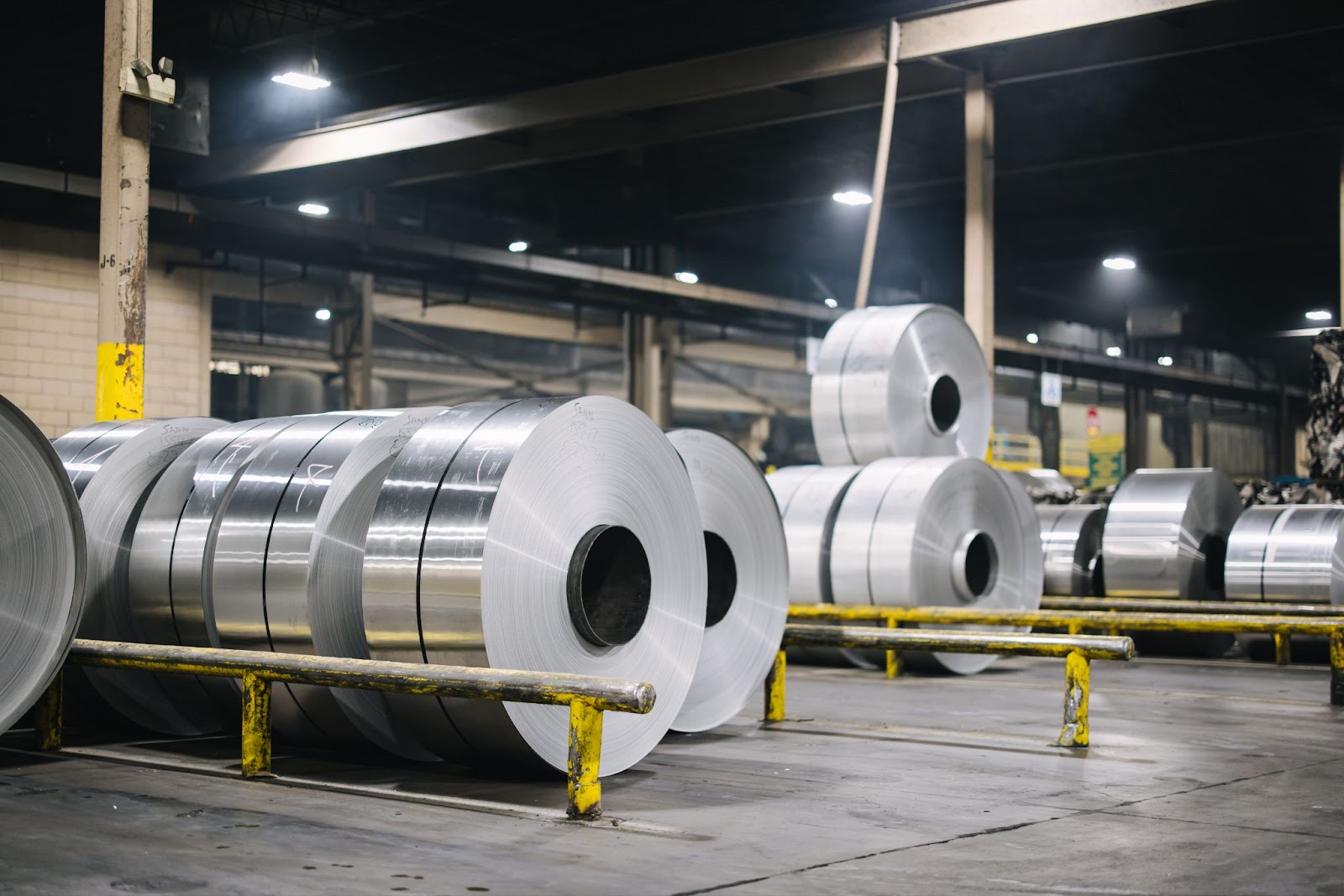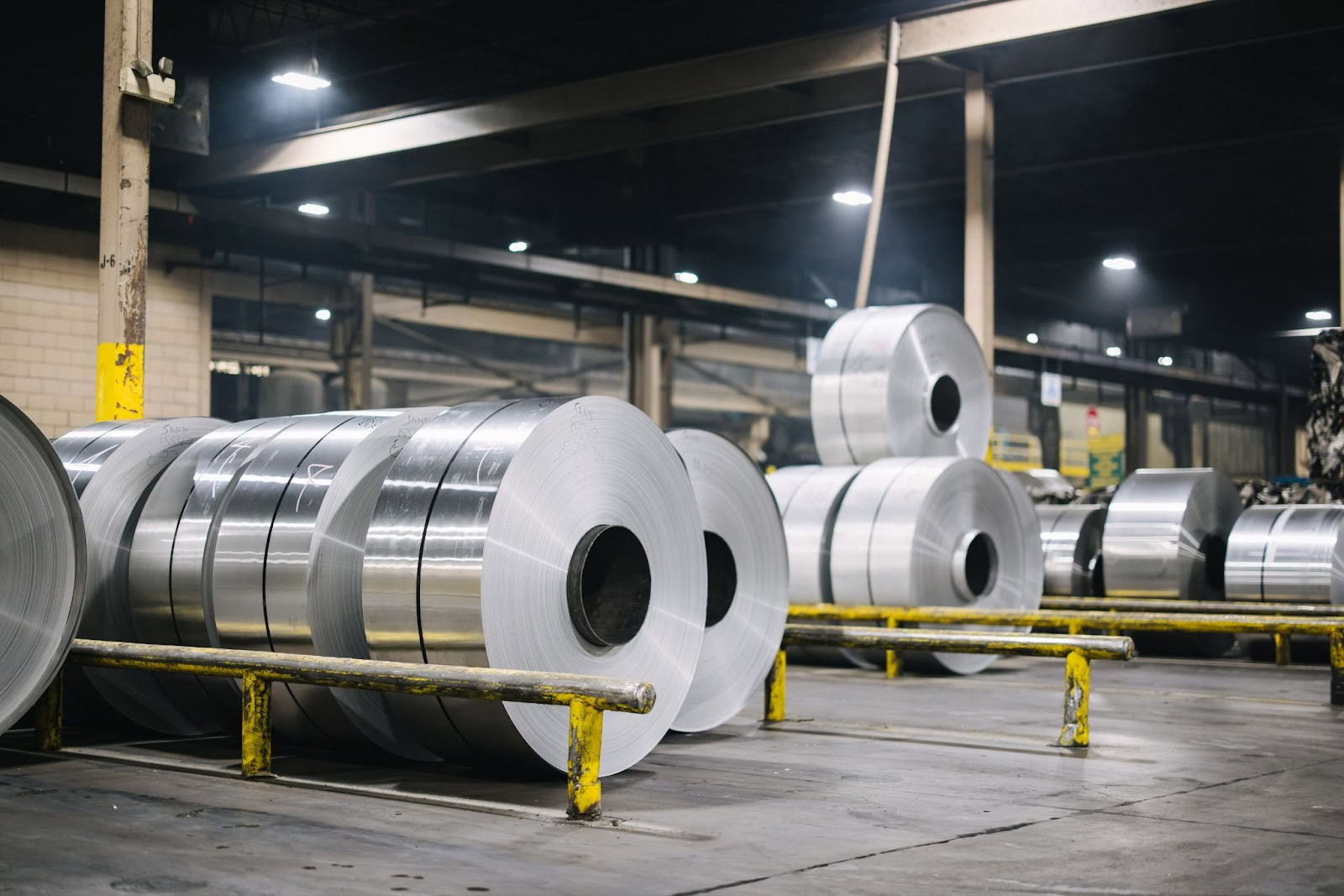From Steel to Speed: How Aluminum Transformed the Automotive Industry Forever

Aluminum may not be the first thing you think of when you get in your car, but its impact on modern automotive design is impossible to ignore. Lighter than steel, yet remarkably strong, aluminum plays a critical role in improving fuel efficiency, extending EV range, and enhancing vehicle safety.
In this article, we’ll be exploring how aluminum evolved from a special material to a core component in automotive manufacturing—and how it’s meeting the demands of today’s drivers and manufacturers.

Why Reducing Vehicle Weight Matters
From the moment cars first hit the road, engineers have wrestled with the fact that every extra pound slows you down. A heavier vehicle needs more power to move, more energy to stop, and more fuel (or battery power) to keep going. Shedding weight enables faster acceleration, better handling, and improved efficiency.
But for much of the 20th century, weight reduction wasn’t the priority. Steel was strong, affordable, and easy to mass-produce. It became the foundation of American car manufacturing, while aluminum was reserved for special projects where performance outweighed cost.
From Steel Dominance to Aluminum’s First Breakthroughs
The 1908 Ford Model T set the tone for American automotive production. Its sturdy steel frame and body were built to last, and in an era of unpaved roads, that durability was a necessity. For decades, carmakers stuck with what worked, and steel reigned supreme.
In motorsports, though, aluminum was gaining popularity. Its lighter weight gave race cars an edge, shaving seconds off lap times. In the 1920s and 30s, select luxury and performance brands incorporated the use of aluminum panels to improve agility without compromising strength. After World War II, European manufacturers experimented more widely, but for mass-market American vehicles, steel was still the go-to.

The Turning Point for Aluminum
The oil crises of the 1970s changed everything. Suddenly, fuel efficiency became a selling point, and engineers started rethinking every pound in a vehicle’s design. Through the 1980s and 90s, advances in aluminum alloys brought better strength, corrosion resistance, and workability—making it a more viable alternative for large-scale production.

Decades later, in 2015, Ford released an aluminum-bodied F-150. This was a major turning point for the industry, and proved that aluminum could deliver the toughness truck owners demanded, while cutting hundreds of pounds from the curb weight. Plus, fuel economy and towing performance improved.

Electric vehicles have only accelerated aluminum’s rise. Battery packs are heavy, and every pound saved in the chassis or body range. Many major EV companies have made aluminum a core part of their designs from the start, using it to balance strength, efficiency, and safety.
Why Aluminum Works So Well in Cars
Aluminum’s growth in the auto industry isn’t just about being lighter—it’s about solving multiple design challenges at once:
Lightweight strength
Roughly one-third the density of steel, with alloys that can match it in structural integrity.
Crash safety
Deforms in controlled ways to absorb energy in a collision, protecting passengers.
Corrosion resistance
Naturally forms a protective oxide layer, resisting rust and weather damage.
Sustainability
Can be recycled indefinitely without losing its properties, reducing environmental impact.
This combination makes aluminum ideal for today’s vehicles, from high-performance sports cars to family SUVs and electric trucks.

Golden Aluminum’s Place in the Story
At Golden Aluminum, we’re proud to have been a part of aluminum’s evolution for over four decades. Our 5000-series alloys like 5182 and 5754 combine strength, corrosion resistance, and formability—qualities that automakers depend on for everything from body panels to structural parts.
Our innovative Nexcast® system also strengthens our role in the U.S. automotive supply chain by improving casting speed, consistency, and energy efficiency. It allows us to deliver the quality automakers expect while reducing the environmental footprint of production. And because we produce domestically, we can keep supply chains shorter and turnaround times faster—key advantages in an industry where innovation moves quickly.
Looking Ahead
Aluminum’s rise from racing’s secret weapon to a core material in mainstream vehicles shows how much the auto industry can change when technology, performance, and efficiency goals align. It’s no longer a question of whether aluminum belongs in cars. It’s about how far it can take us.
From lighter, stronger trucks to longer-range EVs, aluminum will continue to shape the road ahead—and Golden Aluminum is ready to help drive the next chapter.
For more information on Golden Aluminum’s automotive alloys, explore our Automotive Solutions.
Team Golden Aluminum
Share
Related Posts
How Aluminum Makes the Holiday Season Bright
December 5, 2025
Golden Aluminum Celebrates Manufacturing Day 2025
October 22, 2025


